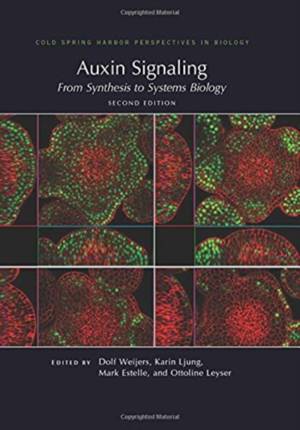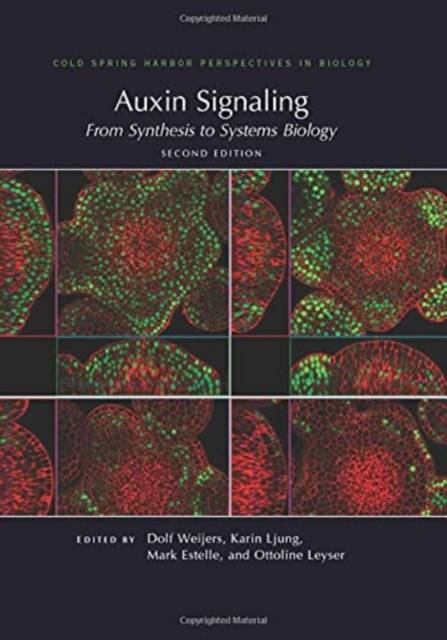
- Retrait gratuit dans votre magasin Club
- 7.000.000 titres dans notre catalogue
- Payer en toute sécurité
- Toujours un magasin près de chez vous
- Retrait gratuit dans votre magasin Club
- 7.000.000 titres dans notre catalogue
- Payer en toute sécurité
- Toujours un magasin près de chez vous
Auxin Signaling: From Synthesis to Systems Biology, Second Edition
123,95 €
+ 247 points
Description
Auxin is a hormone that plays a central role in plant growth, tissue patterning, organogenesis, and responses to light. Differences in auxin concentrations in different regions of the plant result in dramatic changes in gene expression, up- or down-regulating distinct sets of target genes. Recent technological advances have provided insights into mechanistic details of auxin signaling and its many roles in plant biology. Written and edited by experts in the field, this collection from Cold Spring Harbor Perspectives in Biology covers recent insights into how auxin levels are regulated and, in turn, drive various developmental processes in plants. The contributors discuss the biosynthesis, conjugation, and degradation of auxin, the various transporters, receptors, and transcription factors involved in auxin signaling, the interactions of auxin with other plant hormones, and how these are spatiotemporally coordinated. The roles of auxin in specific organs and tissues--the shoot apical meristem, roots, vasculature, and flowers--are described in detail. The evolutionary history of auxin signaling and its roles in environmental responses (e.g., plant-pathogen interactions) are also reviewed. Other topics include the development of computational models for root and shoot growth, as well as chemical tools and synthetic systems to understand auxin biology. This volume is therefore an essential reference for all plant biologists, as well as systems biologists, biochemists, and developmental biologists interested in the regulation of plant morphogenesis and behavior.
Spécifications
Parties prenantes
- Editeur:
Contenu
- Nombre de pages :
- 468
- Langue:
- Anglais
- Collection :
Caractéristiques
- EAN:
- 9781621824008
- Date de parution :
- 30-09-21
- Format:
- Livre relié
- Format numérique:
- Genaaid
- Dimensions :
- 184 mm x 260 mm
- Poids :
- 1324 g






